Singapore’s economy almost came to a standstill in the second quarter of 2019, thanks largely to the US-China trade war. Its economy grew by merely 0.7% last year, down from 3.1% registered in 2018. In essence, it had been the slowest economic growth since the 2009 (when its economy expanded 0.1%) Great Recession. Still, the country managed to avoid a technical recession.
The Government of Singapore had actually revised their full-year economic growth forecast three times before finally estimated that the nation’s growth would be within the range of 0.5% to 1% (from its previous estimate of 1.5% to 2.5%). The “Phase One” trade deal between the U.S. and China was supposed to provide the much needed relief – until the Coronavirus outbreak.
Now, the official growth forecast for Singapore, a global financial centre, has been downgraded to around 0.5%. The Ministry of Trade and Industry (MTI) expects full-year gross domestic product (GDP) growth to be between -0.5% and 1.5%. This is worse than an earlier announcement in November 2019 that the growth would be between 0.5% and 2.5%.

That means the Covid-19 coronavirus would erase at least 1% of Singapore’s GDP in 2020. The last time Singapore saw negative full-year GDP growth was in 2001 during the dotcom bust, when it recorded a 1.1% contraction. Yes, Singapore could suffer a recession again this year after close to 20 years ago, and after the country barely escaped one last year.
Singapore admitted that the virus outbreak will most likely dampen the growth prospects of China and other countries this year. Besides manufacturing and wholesale trade, tourism and transport sectors – hotels, travel agents, cruise operators and aviation – have already been badly affected by “a sharp fall” in tourist arrivals, especially those from China.
A tiny Southeast Asian country, Singapore has reported 77 confirmed Coronavirus cases as of Monday (Feb 17). Interestingly, the country was also among the worst hit by the SARS outbreak in 2003. Prime Minister Lee Hsien Loong said the economic impact due to the virus has already exceeded that of SARS. In fact, the premier warned that a recession is absolutely real.
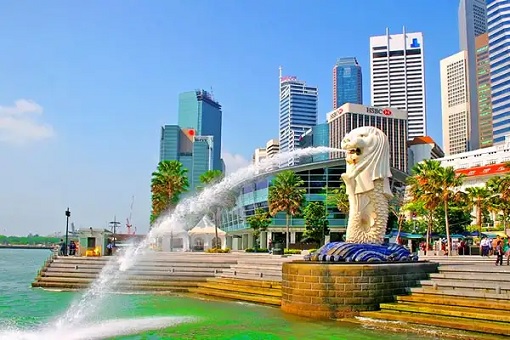
So what’s the big deal even if Singapore plunges into a recession? It’s a big deal because even though Singapore may be one of the smallest countries in the world, the export hub is highly sensitive to external shocks and hence, is considered as a “barometer” of the global demand for goods and services. The nation is like the tsunami buoy system to detect incoming tsunami.
If Singapore has the chance of entering into a recession, what are the chances that its neighbour Malaysia could escape one? The only difference between Singapore and Malaysia is that while the former is transparent about its economic growth and would warn its people about it to better prepare them, it’s exactly the opposite with the latter.
From the previous corrupt Barisan Nasional government to the present new Pakatan Harapan government, people continue to be kept in the dark about the country’s economy – until it’s too late. The government of the day would use the standard answer that the country is not in anyway heading into a recession. Yet at the same time, it scrambles for an economic stimulus package.
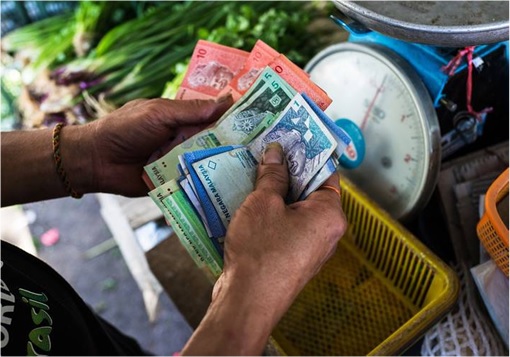
Last week, the Bank Negara Malaysia (Central Bank) released the country’s annual gross domestic product (GDP) growth for the year 2019. It plunged to 4.3% – the lowest level since the Global Financial Crisis in 2009. To make matters worse, the GDP growth for the fourth quarter of 2019 (4Q19) slowed to a jaw-dropping 3.6% – the lowest in 41 quarters since the third quarter of 2009.
In a way, Malaysia’s economy is taking its cue from Singapore. It’s not a coincidence that both countries experienced lowest economic growth at the same time since the U.S. subprime mortgage crisis, which subsequently contributed to the America recession of December 2007 – June 2009. To add salt into injury, this year is the Visit Malaysia Year 2020.
The Malaysian Association of Hotels revealed days ago that there have been 95,972 room cancellations nationwide since Jan 26, amounting to losses up to RM40 million (US$9.66 million). The country has initially targeted 30 million tourists (including 3.2 million or 10.6% tourists from China) arrivals for the Visit Malaysia Year 2020 campaign, hoping to bring in RM100 billion in revenue.

Now, the government isn’t sure anymore. During the 2003 SARS outbreak, tourist arrivals from China to Malaysia fell by 37%, while total tourist arrivals fell by 21%. It took 9 months for the international tourist traffic to return to its pre-SARS outbreak level. Obviously, this round will be worse, even though some crappy research house has claimed the impact on the economy will be limited.
It’s worth to note that since the SARS outbreak period in 2003, China has grown from the world’s sixth-largest economy (2003 – USD1.7 trillion) to the second biggest today (2020 – USD14 trillion) behind the U.S. The IMF (International Monetary Fund) estimated that China alone accounted for 39% of global economic expansion in 2019, hence its significant role in driving the global economy.
Looking at another perspective, “the whole world didn’t even notice” when China’s growth slowed by around 1% following SARS. It was just business as usual. Today, people actually robbed toilet paper and queued up overnight to buy masks. As China accounts for nearly 20% of global growth, even a half a percent slowdown would be seismic.
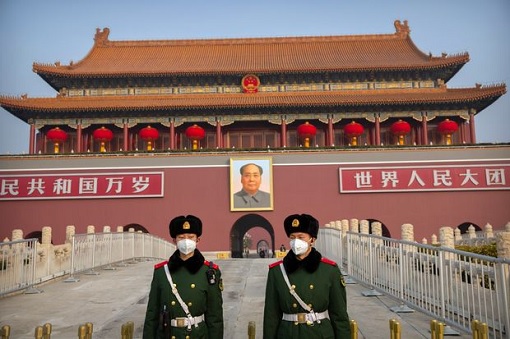
China is arguably the largest importer of commodities such as oil, iron ore and soybeans, as well as electronic parts such as integrated circuits. In the same breath, China has been the world’s top exporter since 2009, climbing from fourth place in 2003 (when the SARS struck). Hence, an oil-producer country like Malaysia will certainly be hit as the crude oil price plunges.
Petronas, the national oil company, paid the Malaysian government an additional RM30 billion in special dividends under the 2019 Budget. That was on top of an initial dividend commitment of RM24 billion. The total dividend commitment to RM54 billion to help the government speaks volumes about the importance of oil as contributor to the national coffers.
When the Budget 2020 was announced in Oct 2019, the government was using Brent crude oil price of US$62 a barrel as a benchmark. It was estimated that if the Brent drops to US$63 a barrel, it would translate into a shortfall of RM2.1 billion. Today, it’s trading at US$57 a barrel. For every dollar difference in the oil price, it will translate into a RM300 million difference to the government’s budget.
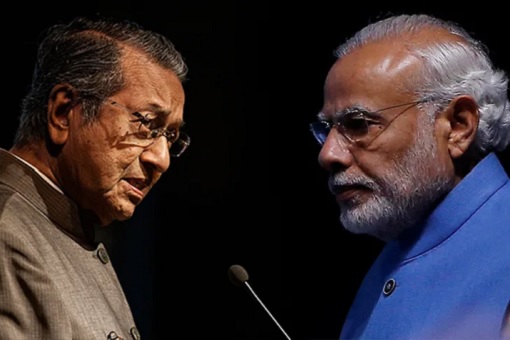
The budget will be short of RM9.5 billion based on the present crude oil price. Prime Minister Mahathir Mohamad, who picked a fight with India, certainly doesn’t help the situation. To avoid a complaint with the WTO, India has started – quietly and unofficially – boycotting Malaysian palm oil products since January this year, thanks to Mahathir’s toxic mouth.
India was Malaysia’s biggest buyer of palm oil in 2019 – bigger than China – with 4.4 million tonnes of purchases. Seen as interference in the internal affairs of India, the 94-year-old Mahathir falsely claimed in October last year that India “invaded and occupied” Kashmir, when in reality Jammu and Kashmir are part of India’s territory.
The Malaysian premier also accused India of inciting unrest with its citizenship law. He falsely labelled New Delhi’s newly passed Citizenship Amendment Act (CAA) as discrimination against Muslims. The law actually provides a path to Indian citizenships for Hindu, Sikh, Buddhist, Jain, Parsi, and Christian religious minorities fleeing persecution from three countries – Pakistan, Bangladesh and Afghanistan.

Malaysia’s latest palm export data revealed the impact of India’s boycott, with shipments to India in January having fallen 85% from a year earlier to only 46,876 tonnes – the lowest since 2011. To make ends meet, Malaysia has been trying to ship its palm oil to Pakistan, Saudi Arabia and Ghana. However, the country has to sell at a lower price than Indonesia, who becomes India’s preferred choice.
To arrest the situation triggered by the Covid-19 virus, Mahathir administration may spend up to RM15 billion via a fiscal stimulus package to stimulate Malaysia’s economy. During the SARS outbreak in 2003, the government had spent more than RM8 billion to do the same. But the question is whether the RM15 billion is too little to prevent a recession from happening.
Bank Negara Malaysia said the sagging economy last year was due to lower output of palm oil, crude oil and natural gas, and a fall in exports amid the US-China trade war. The impact of Coronavirus was not in the picture. Tourism industry estimated that it suffered loss of businesses to the tune of RM6 billion. The lower crude oil prices alone will create a shortfall of RM9.5 billion.
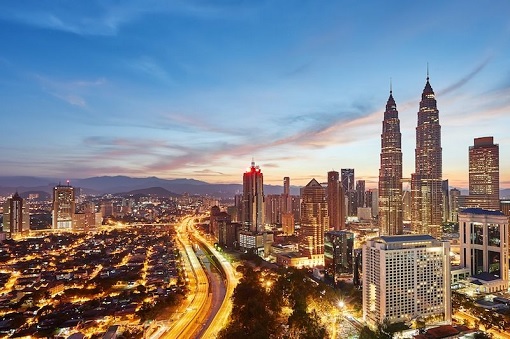
Unlike Singapore, Malaysia does not have a very deep reserves that it could act quickly and decisively to roll out extra budget measures to fight the Coronavirus outbreak. Singapore’s Foreign Exchange Reserves stood at US276.1 billion, while Malaysia’s reserves were merely US$100.1 billion as of January 2020.
The Finance Ministry of Singapore said the Budget to combat the virus outbreak will have a package to assist households with the cost of living, including wage support to help companies preserve jobs for local workers, and tax rebates and rental waivers for firms to address cash flow issues. Can Malaysia deliver the same generous package?
One might argue that unlike Singapore, Malaysia’s GDP is still in the healthy positive territory. In the past recessions recorded in 1985, 1998 and 2009, Malaysia’s GDP growth crashed to below 4% before an official recession was declared. Hence, it’s wise to take the 2019’s fourth quarter growth of 3.6% as an indicator that the recession could have already begun.
Other Articles That May Interest You …
- This Chart Shows How Coronavirus Has Turned Asia’s Best Performing Currency In 2019 To The Worst This Year
- Get Ready For US$40+ Oil Price – OPEC’s Plan To Cut An Extra 500,000 Barrels Fails To Stop Coronavirus Panic
- How China’s Disease Surveillance System Discovered The Coronavirus Within 1-Week Of Illness Reports
- 600,000 Tourists Stranded!! – How Did 178-Year-Old British Tour Operator Thomas Cook Suddenly Collapse
- Singapore Cuts Economic Growth To Almost 0% – Here’s Why Everyone Should Be Worried
- Economists Thought China’s Economy Depends On The World – But McKinsey Research Shows Otherwise
- Obsolete Education System & Racial Politics – Reasons Malaysia Will Miss Major Spoils Of US-China Trade War
- Don’t Get Scammed Or Cheated – One Every Three (33%) Reviews At TripAdvisor Are “Fake”
- This Chart Shows How Najib Drove The Country To RM1 Trillion In Debt

|
|
February 18th, 2020 by financetwitter
|


|

|

|

|

|

|
Comments
Wow, what a write up! Thought it’s all about the economy but alas, it’s bitching and character assassination. Maybe the writer should have read law before brandishing”all knowing”. All this country need is to sort out the full compliance of the law. The Federal Constitution. Take it or leave.




























Until your depressing article, I thought it was all rosy and haze-filled sky over Malaysiaboleh, all problems could be solved not by MAS suicide, but by drinking palm oil five times a day.
Now I am not so sure.
Everything seems as bad and guaranteed hopeless as voting in a dying ancient failed policitian a second time.
If it is a Malaysian outfit, Malaysia is filled with crappy “research houses” but which one is that “crappy research house has claimed the impact on the economy will be limited”?